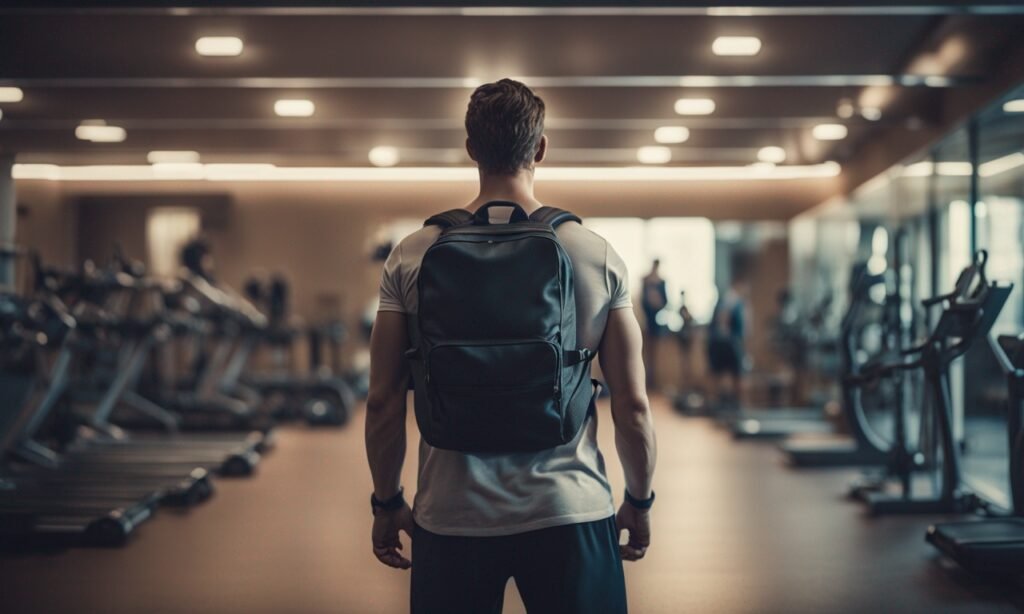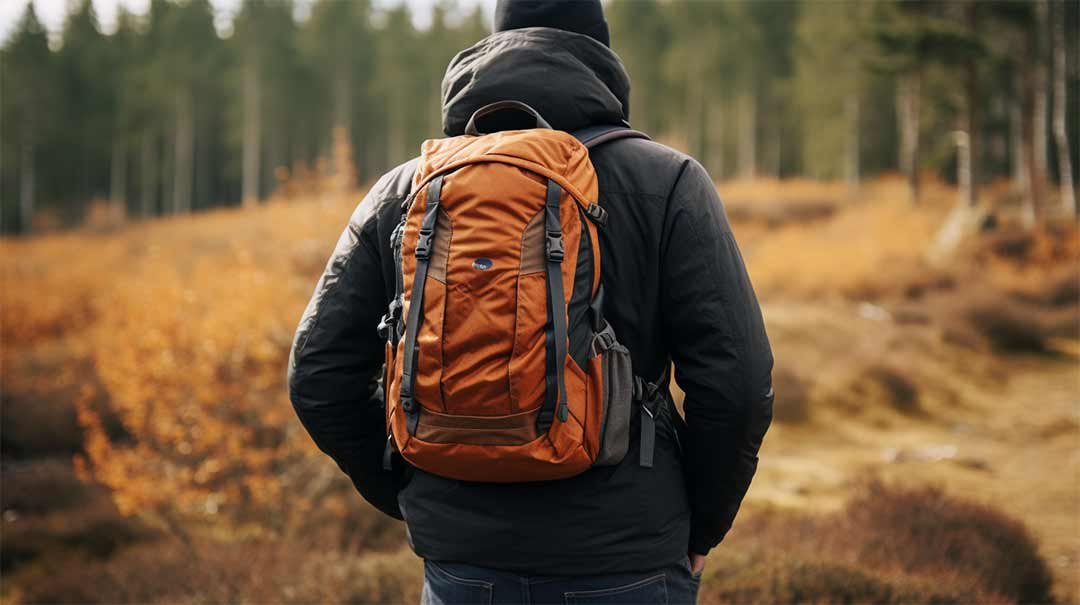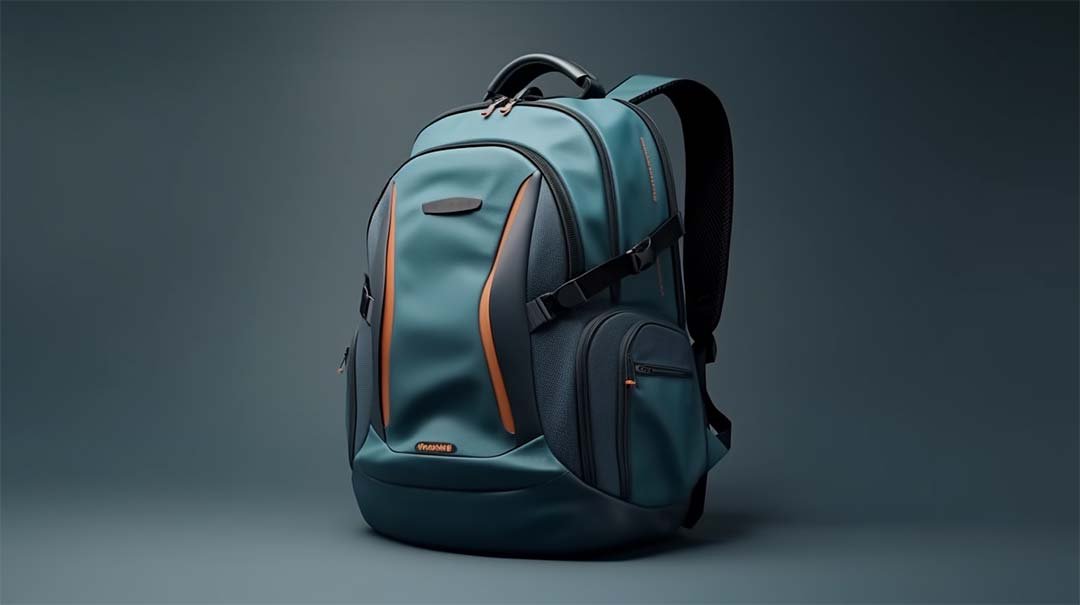Choosing the right weight for your weighted backpack isn’t just about throwing in a few pounds and hoping for the best. It’s about matching the load to your body weight, fitness goals, and experience level. Don’t worry, we’ve got the formula to keep you safe and amped for gains!
Starting out? Kick off with about 5-10% of your body weight. This lighter load helps your muscles and joints ease into the new challenge, minimizing the risk of injury while keeping your spirit high for the next workout.
But hey, it’s not just about starting light—it’s about moving right. As you get stronger, gradually increase the weight. Think of it as leveling up in your fitness game.

What’s the Best Weight for Strength or Endurance?
Looking to beef up or go the distance? If strength training is your aim, a heavier load will crank up the resistance, making your muscles work overtime. For endurance, you want enough weight to feel the burn over time but not so much that you can barely move. Balance is key—like a good diet, but for your backpack!
How Do You Adjust the Weight as You Get Fitter?
As you conquer your current weight, add a little more to keep challenging your body. It’s like adding spice to your favorite dish; a little can make a big difference. Just make sure the weight is evenly distributed to avoid turning your workout into a chiropractor’s appointment.

What If It Starts to Hurt?
Pain is not gain in this game. If your backpack feels like a burden rather than a challenge, it’s time to reassess. This might mean shedding some weight or adjusting how you wear your pack. Listen to your body—it’s the best coach you’ll ever have.
What exercises can a beginner do with a weighted backpack?
Using a weighted backpack is a versatile way to enhance your workout, especially if you’re a beginner. Here are some effective exercises that you can start with to make the most of your weighted backpack:
1. Walking or Hiking: Simply wearing the weighted backpack while walking or hiking can significantly increase calorie burn and build endurance. Start with flat routes and gradually introduce hills for a greater challenge.
2. Squats: Wearing a weighted backpack during squats helps increase the intensity of the exercise, engaging your core and building strength in your legs and glutes.
3. Lunges: Perform forward, backward, or side lunges to target different muscle groups in your legs. The added weight improves muscle tone and balance.
4. Step-Ups: Find a bench or a sturdy platform. Step up with one foot, bringing the other to meet it at the top, then step down and repeat. This is great for building leg strength and stability.
5. Push-Ups: Wearing a weighted backpack while doing push-ups will increase upper body strength, particularly in your chest, shoulders, and triceps.
6. Planks: Holding a plank while wearing a weighted backpack will challenge your core stability and endurance even more than a regular plank.
7. Stair Climbing: If you have access to stairs, use them! Stair climbing with a weighted backpack is an excellent way to build strength and endurance in your lower body.
Start with lighter weights and focus on maintaining good form to prevent injuries. As you get more comfortable with the exercises and your fitness level improves, you can gradually increase the weight in your backpack to keep challenging yourself. Remember to listen to your body and adjust the intensity to match your current fitness capabilities.

Conclusion
Selecting the right weight for your weighted backpack is crucial for a safe and effective workout. Start light, build gradually, and always listen to your body. Your back will thank you, and your gains will impress you!
FAQs
1. What is the ideal starting weight for a weighted backpack?
Start with 5-10% of your body weight, especially if you are new to weighted backpacks.
2. How should I increase the weight in my weighted backpack?
Increase the weight gradually as you build strength and endurance. It’s important to progress at a pace that feels challenging yet manageable.
3. Can using a weighted backpack improve my fitness?
Yes, using a weighted backpack can enhance muscle strength, endurance, and overall cardiovascular health by adding resistance to your workouts.
4. How do I ensure the weight is distributed evenly?
Make sure the weights are securely packed and centered in the backpack to avoid imbalance and strain on any particular area of the body.
5. What should I do if I experience pain while using a weighted backpack?
If you experience any discomfort or pain, stop using the backpack immediately. Reassess the weight distribution, fit of the backpack, and consult a professional if necessary.







